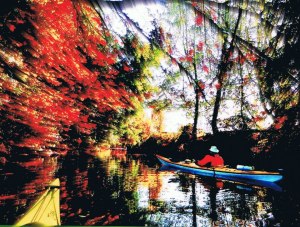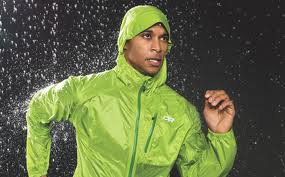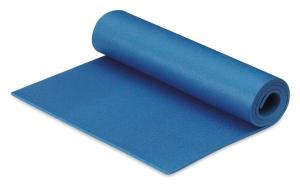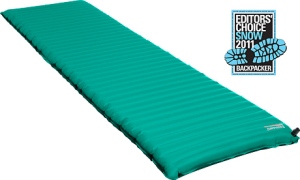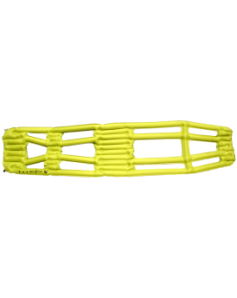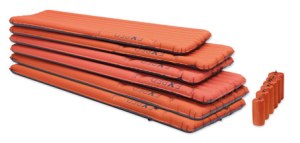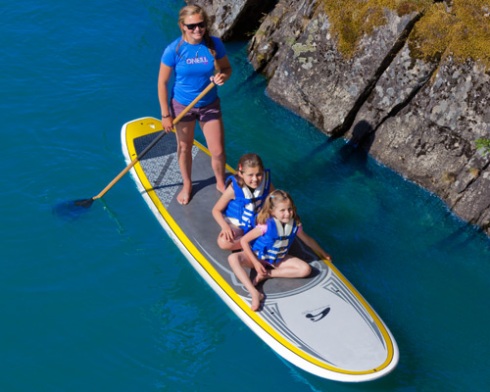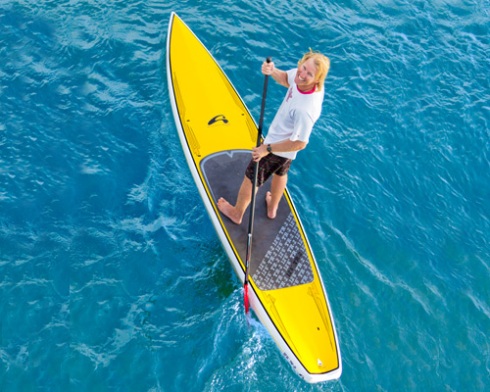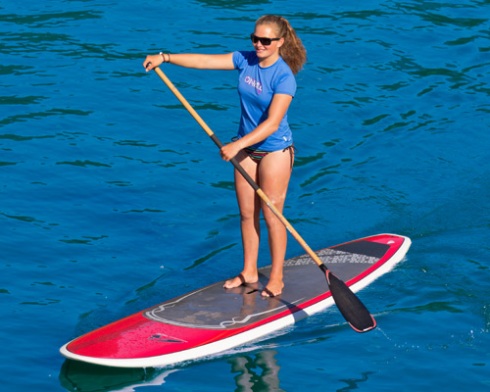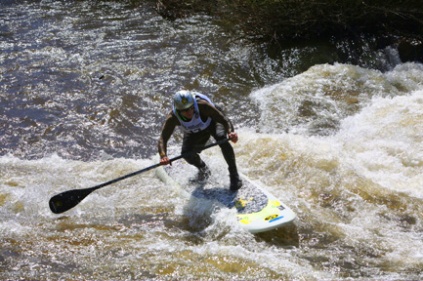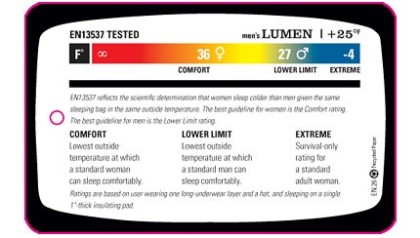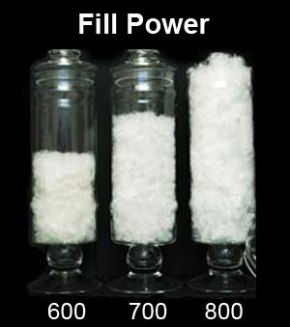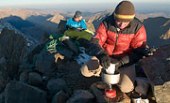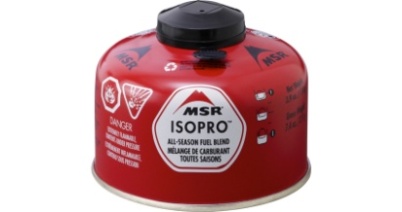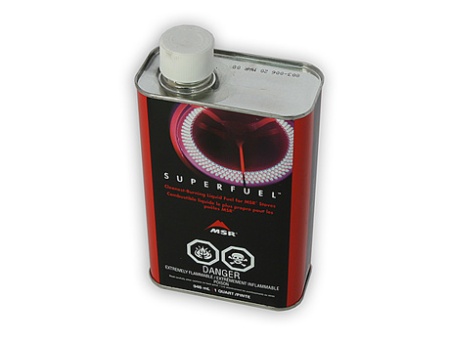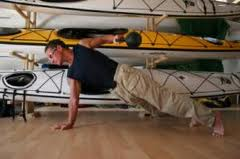For the last 2 years we have sold Cross Country skis from Alpina and for this winter we have expanded our range to include backcountry touring skis from Alpina. This gear has important differences from regular cross country gear opening up much more terrain for you to explore.
Lets have a look at the gear and the differences in more detail.
What is ski touring?
Ski touring involves leaving the groomed pistes of a resort and heading off into the back country. It can be as simple as finding a snow covered hiking trail or logging road and exploring it on skis through to a multi day expedition in the mountains climbing peaks and crossing glaciers enroute. There are two distinct branches of the sport. Firstly Alpine touring, which uses lightweight downhill skis and boots with different bindings to release the heel for climbing. This usually involves steep ascents and descents crossing avalanche prone terrain and requires specialised gear and knowledge. The second branch is recreational touring which uses gear more closely related to cross country ski gear and generally stays at a lower altitude exploring more gently rolling terrain away from areas likely to avalanche. It is the latter which we will look at in more detail.
The Skis
The Alpina Discovery Ski lives for breaking trail, snaking through glades, and spanning open bowls, and with a shorter length and wider waist than classic skis, it was born with the physique to do so. Its lightweight cap construction combined with the ample waist floats through soft-snow, its grippy waxless base makes climbing a breeze, and its full metal edges give it bite for carving control on the descent.
The Discovery skis from Alpina have several crucial differences from regular cross country skis. Touring skis are generally shorter, wider, have more sidecut and have metal edges. All of these features make them suitable for use out of regular trails and give them the ability to carve turns better than regular cross country skis. So if we compare the Discovery touring skis with the regular Promise cross country skis from Alpina we find that:
DISCOVERY
| User Type | Touring Backcountry |
Lengths160, 170, 180, 190 cmBindingNNN BC bindingSidecut68-60-65FeaturesWoodcore air channel
non wax
Cap construction
3/4 Steel edges
Promise S
| Color | White / Green |
| Code | SM4611 |
| User Type | Touring |
| Lengths | 178, 183, 188, 193, 198, 203, 208 cm |
| Binding | T3 touring |
| Sidecut | 51-49-50 |
| Features | Woodcore air channel Ultratuning base finish Cap construction |
The Discovery skis come in shorter lengths, this makes the skis more manageable and maneuverable in the backcountry. The discovery skis are wider to give you more support and floatation in deeper, ungroomed snow. They have more sidecut, the shape of the skis, wide tips, narrower waist and wider tails. This sidecut makes it easier to carve turns when descending making it more comfortable to descend longer, steeper slopes than it would be on relatively straight cross country skis. The metal edges help with this by allowing the edges of the skis to bite into the snow to give more control when descending or crossing harder/icier snow when climbing. Note that although designed to be used off the groomed trails they are still narrow enough to be used on the groomed trails which are usually channel cut to a width of between 60 and 70mm.
Boots

The Traverse boot that we sell to go with the Discovery skis is a purpose designed touring boot. It is designed to be used with the NNNBC binding, this is a binding designed specifically for backcountry use. They are wider, thicker and more durable than regular NNN cross country ski bindings to cope with the increased demands of skiing off groomed trails. In a similar way the touring boots are thicker, stiffer and more durable. They are generally higher cut to provide more ankle support and warmer as they will be used in deeper snow conditions. They still have the flexibility to ski heel free in comfort but have the stiffness needed to ski downhill and control the metal edged skis when doing so.
Poles
Backcountry poles usually differ from regular cross country poles in that they are adjustable allowing them to be shortened for ascending and descending and lengthened for skiing on the flat or on groomed trails. If used off trail they will usually have bigger snowbaskets fitted to them for added support in deeper snow.
Clothing
You can explore the backcountry in your regular cross sountry ski gear or hiking gear but you will probably want to pack extra layers as you are in the backcountry and in case of unforseen situations. Whatever gear you choose to wear remember the key to comfortable backcountry skiing is to avoid sweating as this will cause you to lose heat rapidly if you stop. So travel at a comfortable pace and avoid undue exertion when climbing. Having wicking base layers and good breathable but windproof layers will help immensely.
Safety gear
If you are going off the groomed trails make sure that you are packing the essential safety gear including navigation equipment and maps, spare clothing, food and water, headlamp, first aid kit, spares kit. If you are heading into potential avalanche terrain then you should have undertaken some avalanche training and be carrying a beacon, shovel and probe and the knowledge of how to use them.
So get off the groomed trails and explore the wonderful world of the backcountry or extend your season before and after the ski hills have opened and closed for their season. See you out there.


